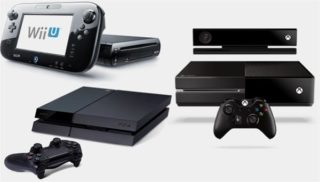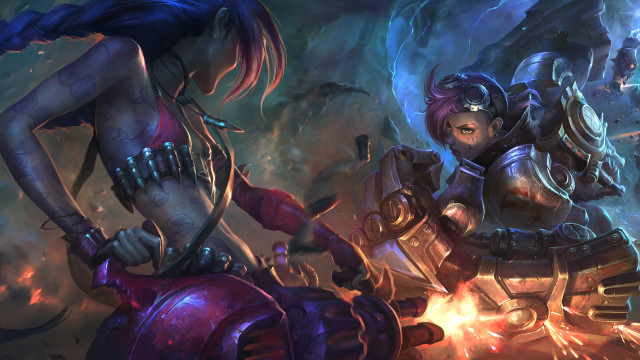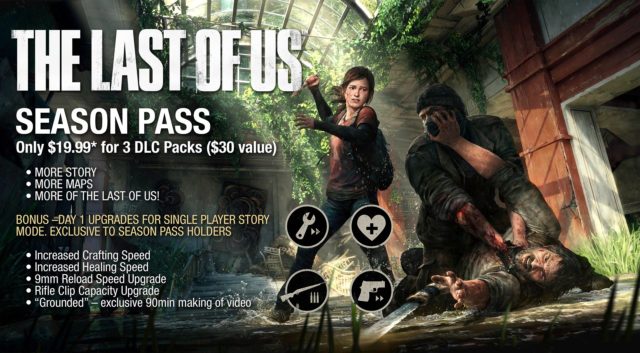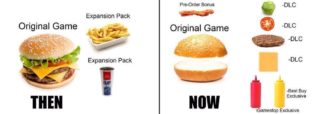PayPal has released its Digital Goods Economy Survey, conducted by SuperData Research, observing the habits and attitudes of digital media consumers, including video games. While the results echo many common trends, such as the rise of mobile gaming, they also offer insight into the differences between console and PC gaming purchases, and why gamers prefer certain payment methods over others.
Smartphones Are The New Gaming Handhelds
When asked which devices they used to play mobile digital games, 78 percent of US respondents identified smartphones versus a tablet (59 percent) or laptop (47 percent). In fact, the smartphone is the most popular gaming platform in nine out of the 10 countries surveyed.
“Mobile is indeed still growing for games, especially as the phone increasingly becomes a multi-functional hub for entertainment and communication,” Stephanie Llamas, director of research and insights at SuperData told [a]listdaily. “It’s been less than 10 years since the iPhone debuted and the smartphone has become a single device that houses the capabilities of every major modern media: computers, TVs, music players, telephones and so on. So it’s no surprise that we are gaming more on smartphones, too—especially now that the mobile market offers titles for all gamer types who can play on the go.”
SuperData estimates that by the end of 2016, the mobile games market will be worth $37.6 billion, accounting for just under half of the total $77.3 billion worldwide games market.
Millennials: PS4 Over PC
The study explores what digital gaming platforms respondents prefer and divides them into groups according to age group and gender. Mobile gaming is the preferred platform across all groups, including smartphones and tablets. There is definitely a generation gap in console preference, however—consumers aged 18 to 34 prefer PlayStation 4 over all other consoles, while those 35 and up indicated a preference for PC. In case you’re wondering, women prefer PC desktops and Xbox 360, while men prefer the PS4 just slightly over a PC.
Gamers Spending Time And Money
 Eighty-two percent of US respondents cited “ease of use” as the reason for why they preferred their most-used payment method for mobile gaming. PayPal was cited as the payment method used the most in the last three months by US respondents to purchase digital video game downloads or in-game content for their PC/Mac or laptop.
Eighty-two percent of US respondents cited “ease of use” as the reason for why they preferred their most-used payment method for mobile gaming. PayPal was cited as the payment method used the most in the last three months by US respondents to purchase digital video game downloads or in-game content for their PC/Mac or laptop.
“As [smartphones] become the standard for games, consumers are more willing to spend and are comfortable spending more,” Llamas observed. “Efficient payments have a huge hand in this, particularly with the rise of eWallets. Eight of the 10 markets showed a preference for eWallets since they can house all your payment methods and do not require users to input their information repeatedly, which is both inconvenient and not as secure.”
Mobile may be the most convenient and therefore popular method for gaming, but when players sit down to the console, they plan on staying there for a while. Forty percent of respondents play their console video games one-to-two-hours for each session, with 34 percent playing for two-to-four-hours. This was greater than the time cited spent on PC/Mac or laptop games, mobile video games and eBooks, SuperData reports. For mobile games, 31 percent reported spending 30 minutes to one hour at a time.
Game Purchases: Now Or Later?
SuperData reports that console gamers purchase in-game content twice as fast as those on PC. AAA release schedules allow console gamers to plan their purchases accordingly, resulting in an average wait time of nine days between deciding to make the purchase and sealing the deal. PC gamers, on the other hand, tend to wait for sales and wait an average of 18 days to make purchases from the time they decided to buy content.






 Players must match cards depicting fresh ingredients like onion, jalapeños and brown rice but suffer time penalties should they choose an artificial ingredient. Those who play the game in the US or Canada will receive a buy-one-get-one offer via SMS text message and must provide a cell phone number and email address to redeem.
Players must match cards depicting fresh ingredients like onion, jalapeños and brown rice but suffer time penalties should they choose an artificial ingredient. Those who play the game in the US or Canada will receive a buy-one-get-one offer via SMS text message and must provide a cell phone number and email address to redeem.